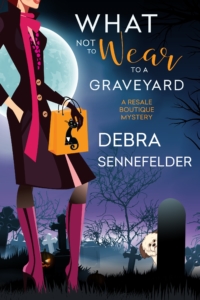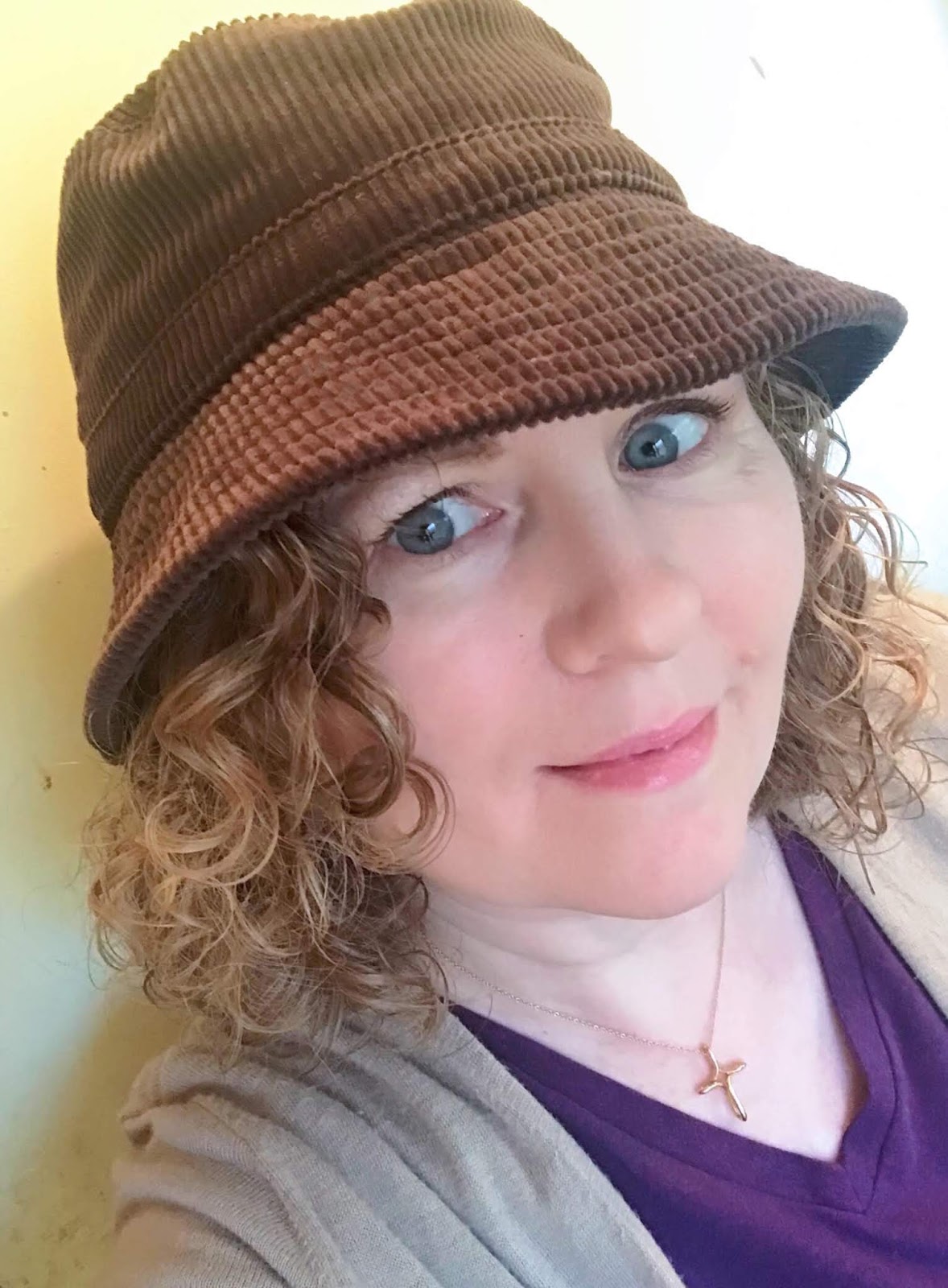by Linda Rodriguez
October is my birthday month, which makes it quite an important month to me. It’s also Domestic Violence Awareness Month, a topic about which I, unfortunately, have a great deal of experiential knowledge from my childhood. Most well-known, it is Breast Cancer Awareness Month. I’d like to talk about breast cancer for a few moments today, since I am a survivor and getting every woman out there into her doctor’s office for mammograms and other breast check-ups to get the drop on this disease is something that is dear to my heart.
In 2014, I developed odd symptoms in my right breast. My most recent mammogram had shown no problems, several specialized mammograms and ultrasounds showed nothing now, and the most common advice was to simply keep an eye on it. Fortunately for me, my primary care physician took the conservative view and wanted me to see a surgeon. The surgeon took down a detailed family history and, at the mention of my younger brother’s death from familial kidney cancer, mentioned that this type of cancer that runs in families often shows up in the women in breasts and ovaries. I was a little peeved that no one had seen fit to tell me or my younger sister about this problem leaving us at higher risk for these common female cancers. My wonderful female surgeon said, “Let’s go take a look around and see what we’re dealing with.” So we scheduled exploratory surgery of that right breast in a little over a week’s time.
The problem turned out to be nothing more than a benign cyst, as expected, but in the taking of a lump of tissue to learn that, my surgeon discovered a malignancy on the margins. Suddenly, there were more tests that showed nothing. Then, a week later, there was another surgery. The first surgery had been a lumpectomy, but my surgeon laughed and called the second surgery a “chunkectomy” and wound up taking half of my right breast. They found a number of malignancies in this chunk of tissue, including right along the margins, once again. By this time, I had acquired an oncologist and an oncology radiologist, in addition to my surgeon. They were a very puzzled team. In the pathology report, they could see all of these malignancies, but in all of the diagnostic imaging reports, nothing showed up. At this time, a regional conference, dealing with this issue in all of these fields, brought specialists from five different states right here to Kansas City, so my team took my case to the conference, and the entire conference consulted on my weird case, only to decide that they could not see anything, even knowing where to look. Therefore, we were on to another surgery, the third in the same month, the pain and stress of which was wearing me down.
Two days before the surgery, they sent me in for a breast MRI, and for the first time, they had images of the malignancies in the piece of my breast that remained–many, many of them. Suddenly, we knew we were looking at a radical mastectomy. We didn’t know what we might be faced with beyond that, and the prospect was frightening.
The surgeon found even more malignancies than she was expecting, and the lymph glands she found were so disrupted and tangled that day that she feared the malignancies had metastasized, so she sent them to a specialized pathology lab several states away. They took several weeks to send the report back to us, weeks in which fear only grew of what that report would be.
All of this happened as my third novel was released, so I was a frantic patient in more ways than usual. Finally, we had the blessed news that we had caught this before the cancer had spread out of the breast, and it was merely to be a painful process of various treatments and recovery, we hoped. We still had no clear idea what was going on over in the left breast. It was a long, miserable process, but eventually, with the help of a wonderful team of health professionals, I am a successful survivor, and I’m grateful.
Consequently, I want to share a warning with all of my readers out there and a poem. Visit your doctor regularly for breast exams and mammograms. Take the threat of breast cancer seriously, but don’t let the fear of it keep you from actually doing the things you need to do to prevent it or to take care of it. Even if you have a weird or advanced case, as I did, your chances of survival are good, and the better you are about taking precautions and following your doctor’s advice, the better your chances of surviving and thriving will always be.
WRESTLING THE BODY,
this old bear
made clumsy and slow
by years,
battles lost and won,
scars, stiffnesses,
incisions,
I envy those girls
in bathing suits
and tennis shorts,
flexible, strong,
with no idea
their own breasts,
prized, displayed
with pride as they run
into and out of summer,
could kill them.
Linda Rodriguez’s fourth Skeet Bannion mystery, Every Family Doubt, the follow-up to Plotting the Character-Driven Novel, Revising the Character-Driven Novel, and her co-edited anthology, Unpapered: Writers Consider Native American Identity and Cultural Belonging, will publish in 2023. Her novels—Every Hidden Fear, Every Broken Trust, Every Last Secret—and books of poetry— Dark Sister, Heart’s Migration, and Skin Hunger—have received critical recognition and awards, such as St. Martin’s Press/Malice Domestic Best First Novel, International Latino Book Award, Latina Book Club Best Book, Midwest Voices & Visions, and Ragdale and Macondo fellowships.
Rodriguez is past chair of AWP Indigenous Writer’s Caucus and Border Crimes chapter of Sisters in Crime, founding board member of Latino Writers Collective and The Writers Place, and member of Native Writers Circle of the Americas, Wordcraft Circle of Native American Writers and Storytellers, and Kansas City Cherokee Community. http://lindarodriguezwrites.blogspot.com.
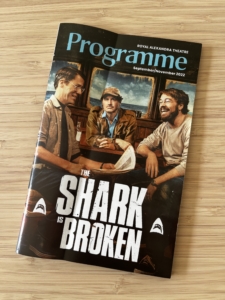 Character is key! Plot is important in any story, but to grab the reader, the author must have a great set of characters. From the second the first actor entered the stage during the play, I had no doubt he was playing Richard Dreyfuss, based on mannerisms alone. Each character should possess distinct traits that make it easy not only easy to identify, but to create and add conflict to a play or a book. A rollercoaster of emotion keeps a story fun, and nothing is better than the tension felt between opposing characters.
Character is key! Plot is important in any story, but to grab the reader, the author must have a great set of characters. From the second the first actor entered the stage during the play, I had no doubt he was playing Richard Dreyfuss, based on mannerisms alone. Each character should possess distinct traits that make it easy not only easy to identify, but to create and add conflict to a play or a book. A rollercoaster of emotion keeps a story fun, and nothing is better than the tension felt between opposing characters.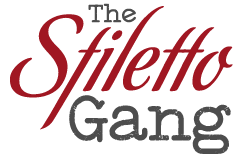
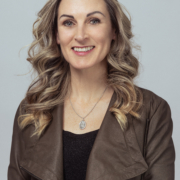


 Lynn Chandler Willis comes from a journalism background as the former owner/publisher of a small town newspaper and prefers to make stuff up. She now writes mystery/thriller/suspense and crime novels along with the occasional snarky comment on social media. She’s the current President of SEMWA, the Southeast Chapter of Mystery Writers of America, a member of International Thriller Writers (ITW), and a past-president of Sisters in Crime––Murder We Write chapter. She’s a Shamus Award finalist, A Grace Award Winner for Excellence in Faith-based Fiction, and the winner of the St. Martin’s Press/PWA’s Best 1st PI Novel — the first woman in a decade to win the award. She has a new series debuting in November 2022 and another in May 2023 with Level Best Books.
Lynn Chandler Willis comes from a journalism background as the former owner/publisher of a small town newspaper and prefers to make stuff up. She now writes mystery/thriller/suspense and crime novels along with the occasional snarky comment on social media. She’s the current President of SEMWA, the Southeast Chapter of Mystery Writers of America, a member of International Thriller Writers (ITW), and a past-president of Sisters in Crime––Murder We Write chapter. She’s a Shamus Award finalist, A Grace Award Winner for Excellence in Faith-based Fiction, and the winner of the St. Martin’s Press/PWA’s Best 1st PI Novel — the first woman in a decade to win the award. She has a new series debuting in November 2022 and another in May 2023 with Level Best Books.
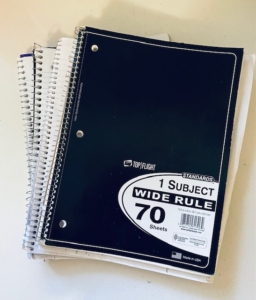
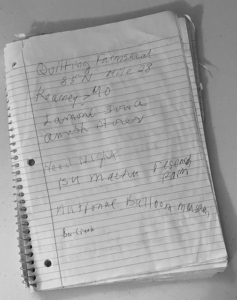
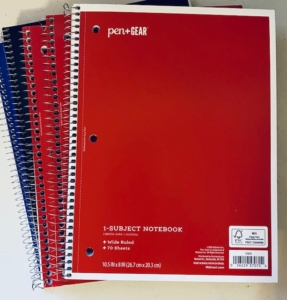
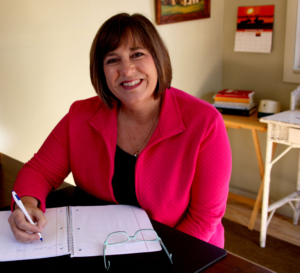
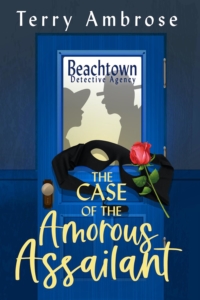 I’m delighted to welcome author Terry Ambrose as my guest to discuss his new series in the blog “Thrilling and Unpredictable” – Where a Writer Got His Ideas. I’ll be back next month – Debra
I’m delighted to welcome author Terry Ambrose as my guest to discuss his new series in the blog “Thrilling and Unpredictable” – Where a Writer Got His Ideas. I’ll be back next month – Debra 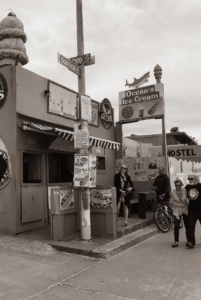
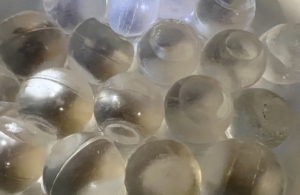
 Does this look like a cube to you? No. It’s a rectangular pyramid with a rounded-off top, kind of like a mini lump of half-spent charcoal. Those smart fridge engineers had to know it wasn’t a cube. Maybe “lump” was too down-scale a word for the marketing team. Sure, the pieces chill like a cube, but still… it rankled the editor in me.
Does this look like a cube to you? No. It’s a rectangular pyramid with a rounded-off top, kind of like a mini lump of half-spent charcoal. Those smart fridge engineers had to know it wasn’t a cube. Maybe “lump” was too down-scale a word for the marketing team. Sure, the pieces chill like a cube, but still… it rankled the editor in me. For a visual reference, here’s a cabochon amethyst cut in a shape called “sugar loaf” that’s almost identical to our lumps. Obviously, gemologists are way more careful with their language.
For a visual reference, here’s a cabochon amethyst cut in a shape called “sugar loaf” that’s almost identical to our lumps. Obviously, gemologists are way more careful with their language.
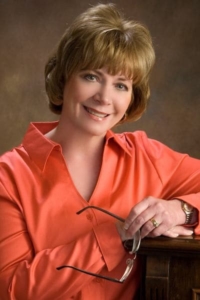 You’ve heard of How I Met your Mother? Well, today I’d like to talk about How I Met the Coroner. If you’re a mystery writer, chances are you need knowledge of bodies now and then, or perhaps you need to know how to bump somebody off. When I began my fiction career, I wasn’t particularly versed in either. I thought experts such as coroners, police lieutenants, and FBI profilers were akin to God.
You’ve heard of How I Met your Mother? Well, today I’d like to talk about How I Met the Coroner. If you’re a mystery writer, chances are you need knowledge of bodies now and then, or perhaps you need to know how to bump somebody off. When I began my fiction career, I wasn’t particularly versed in either. I thought experts such as coroners, police lieutenants, and FBI profilers were akin to God.
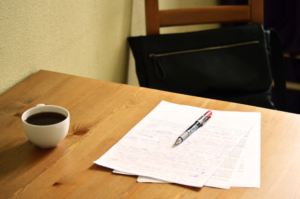
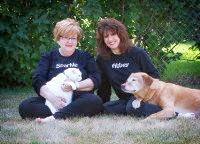
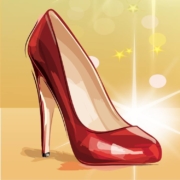
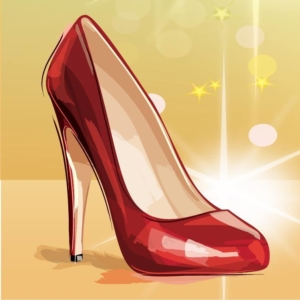 Clicking Our Heels – Fall is Here!!!
Clicking Our Heels – Fall is Here!!!
